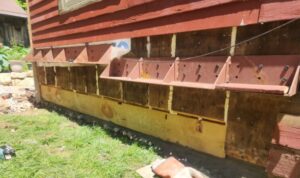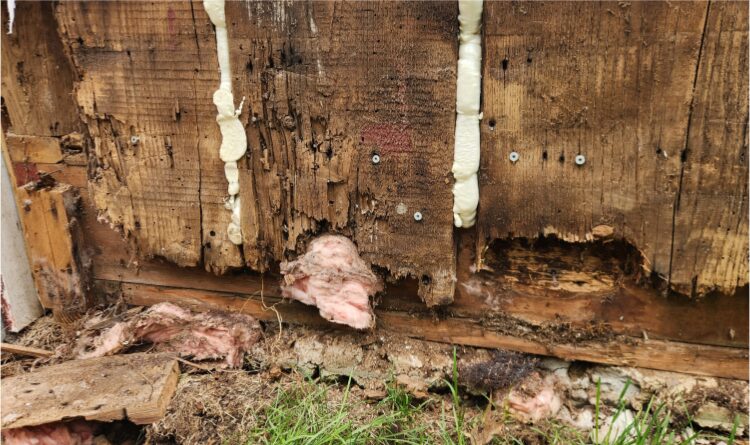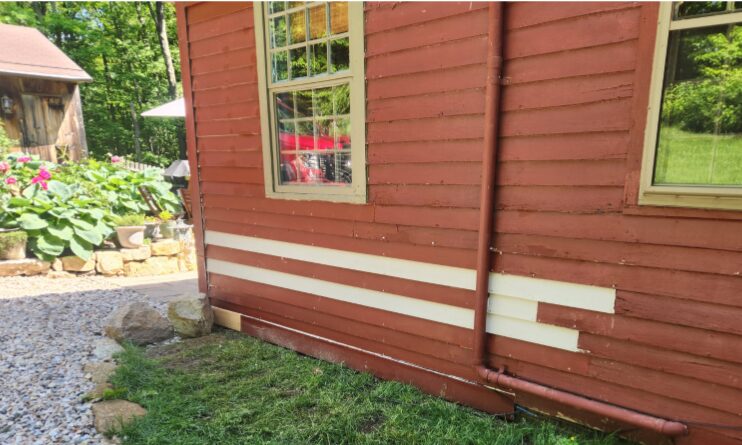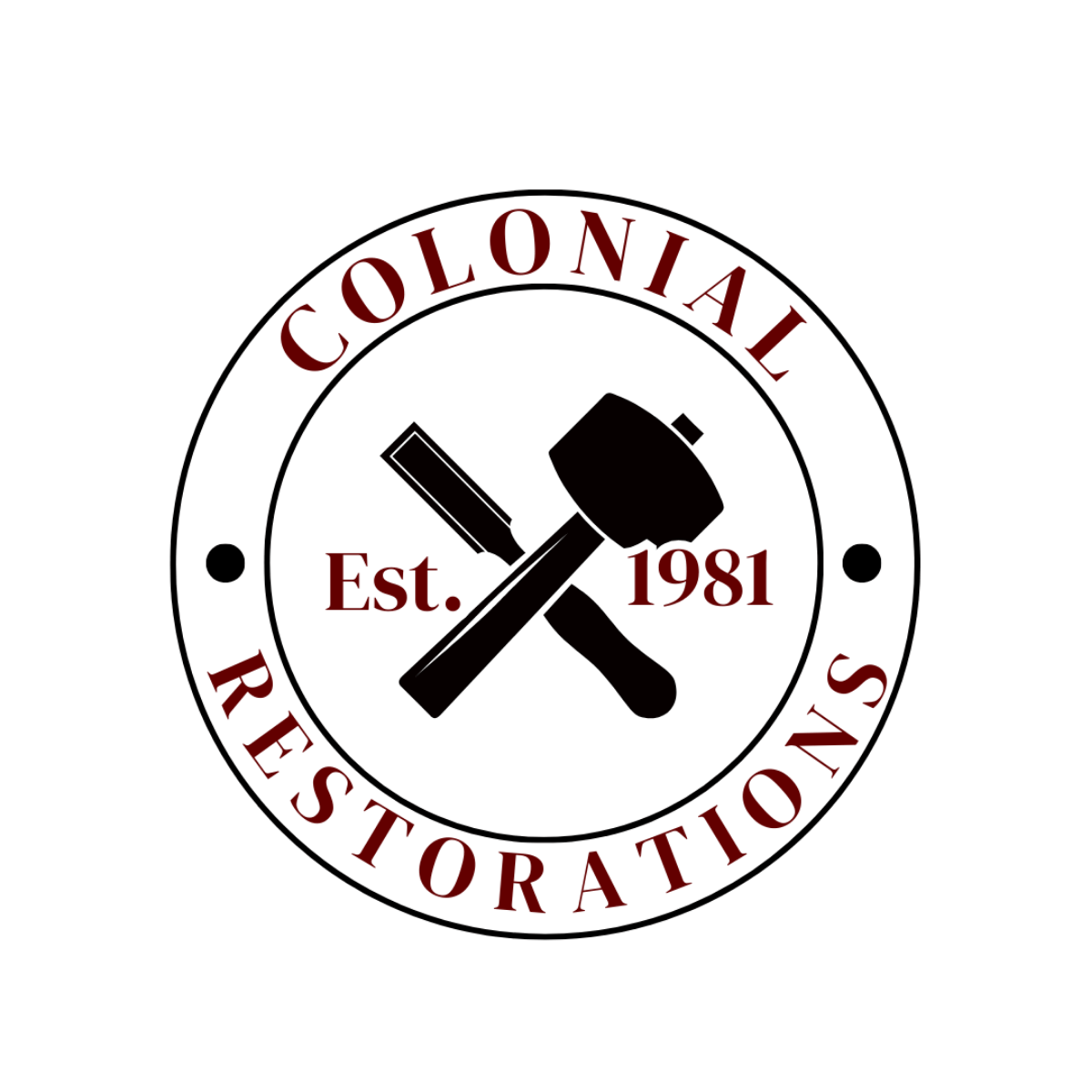
Owning a historic home is a privilege that comes with unique responsibilities. Over time, even the most well-maintained homes can experience wear and tear, with structural issues often developing out of sight. These hidden problems may go unnoticed by homeowners but can lead to significant challenges if not addressed promptly.
Preserving the integrity of your historic home is essential. In this blog, we’ll help you recognize subtle signs of hidden structural damage and provide guidance on addressing these issues to ensure your home stands strong for generations to come.
What is Structural Damage, and Why is it a Concern?
Structural damage refers to any deterioration or failure in the foundational and load-bearing parts. This could mean the frame, foundation, beams, joists, and even the roof structure for old homes. Over time, environmental factors like moisture, temperature fluctuations, and wear from use can cause hidden damage that compromises the safety and stability of your home.
Unlike cosmetic issues such as peeling paint or cracked windows, structural damage can be more dangerous, often affecting the foundation, load-bearing walls, and overall structural integrity of the house. If left unaddressed, it can lead to costly repairs and even threaten the safety of those living inside.
Common Types of Structural Damage in Historic Homes
Here are some of the most common types of structural damage you might encounter:
Foundation Issues
Cracks or shifts in the foundation are a common concern for older homes, particularly those constructed before modern building standards were established. Over time, environmental factors such as soil movement, water intrusion, and temperature fluctuations can contribute to foundation wear and instability. These issues often manifest as uneven floors, leaning or bowing walls, and even gaps around windows and doors. Left unaddressed, foundation problems can worsen, affecting the entire structure and leading to costly repairs. Identifying and repairing foundation issues early is crucial to maintaining the stability and safety of your historic home.
Wood Rot and Termite Damage
Moisture accumulation, particularly in crawl spaces or basements, can lead to wood rot that weakens essential structural elements like beams, joists, and framing. Older homes are also vulnerable to damage from pests such as termites and ants, which can silently compromise the strength of wooden components. These issues are especially common in the sill beams—large structural beams (often 8″ x 8″) that rest on the foundation and support the weight of the entire house. Sill problems often originate from moisture exposure, whether due to the home being built too close to the ground or water infiltration around windows and doors that flow down to the sills. Left unaddressed, these problems can severely jeopardize the structural integrity of your home.
Sill Plate Damage
The sill, a critical wooden component that forms the base of your home’s structure, plays an essential role in distributing the weight of the house onto the foundation. However, over time, moisture exposure can lead to significant damage, including decay and rot. When this occurs, the framing and other structural elements above the sill plate can become unstable, compromising the safety and integrity of your home. Colonial Restorations specializes in expert sill replacement, ensuring your home’s foundation is secure and its structural integrity fully restored.
Structural Settling
Natural settling is expected as homes age, but excessive or uneven settling can signal more serious structural concerns. Issues such as cracks in walls, misaligned doors and windows, or sloping floors may indicate that the foundation or other load-bearing elements need attention. Our approach prioritizes preserving the character of your property while addressing structural imbalances, and we can help when it comes to leveling uneven floors, stabilizing leaning walls, and reinforcing the foundation with our methods designed to restore stability and prevent further damage. The earlier you address issues like structural settling, the less extensive the work will need to be.

How to Spot Structural Damage That’s Invisible from the Outside
Many types of structural damage in older homes aren’t immediately visible from the exterior. Here’s how you can look for hidden issues that may be lurking beneath the surface:
Check for Uneven Floors
The first sign of hidden structural issues often starts with your floors. Suppose you notice areas where the floor feels uneven or slopes more than usual, it could indicate a shifting foundation, rotting beams, or settled joists. Pay attention to areas where the floor feels spongy or squishy as well.
Inspect Doors and Windows
If your doors or windows stick, won’t close properly, or are misaligned, it could be a sign that your house has shifted. A slight misalignment is common in historic homes, but if this problem becomes more pronounced over time, you may have a structural issue that needs to be addressed.
Look for Cracks in the Walls
Cracks in walls and ceilings can be a sign of settling, but large, vertical cracks (particularly near windows or doors) may indicate more serious issues with the foundation. Horizontal cracks, especially at the corners of walls or ceilings, could suggest shifting or the failure of load-bearing walls.
Check for Sticking or Uneven Staircases
In many older homes, stairs can become uneven or squeaky over time due to settling or structural damage to the framing. If you notice that your stairs are becoming increasingly difficult to navigate, this could indicate that the underlying structure has been compromised.
Smell for Musty or Mildewy Odors
A persistent musty smell in areas like the basement or crawl space can be a sign of water damage and wood rot. If you notice this odor, inspect these areas for any visible water damage or wood decay, which could be an indication of underlying structural issues.
Look for Water Stains
Water stains on ceilings, walls, or floors can indicate leaks that may be damaging structural components. These stains can point to leaks in the roof or plumbing, which can lead to wood rot, mold, and structural instability if left unchecked.
Examine Exterior Settling or Cracks
While the inside of the house may hide structural issues, sometimes you can spot problems from the outside. Look closely at the exterior for cracks in the masonry or gaps between bricks. Check for signs of the house settling, such as uneven sections of siding or foundation movement.
Pay Attention to Sounds
Squeaks and creaks in floors or walls may seem harmless, but they can sometimes signal structural issues, especially when they occur suddenly or become more frequent. These sounds could be a result of loose joists or weakened beams.
What to Do If You Spot Structural Damage
If you notice any of the signs of structural damage listed above, it’s important to take action quickly to prevent further deterioration. Here’s what you should do:
Document the Damage
Take photos and detailed notes about any damage you notice. This will help you and your contractor assess the situation later on and can also serve as important documentation for insurance purposes.
Consult with a Professional
If you suspect structural damage, it’s essential to call a contractor experienced in working with historic homes. They can conduct a thorough structural inspection and determine the extent of the damage, including any issues that are invisible to the naked eye.
Get an Estimate for Repairs
After the structural inspection of your historic home, make sure you get an estimate for the repairs needed. Ensure you consult with a professional experienced in historic home restoration, as repairing the structural integrity of a colonial or historic property requires specialized expertise and understanding of these types of structures.
Act Quickly to Prevent Further Damage
The longer you wait to address structural issues, the more expensive and complicated repairs can become. If your foundation is shifting or you have a major issue like wood rot, it’s best to address the problem sooner rather than later.
Prioritize Structural Safety
Above all, remember that structural issues can compromise the safety of your home. If the problem is severe, it may be necessary to temporarily vacate the premises while the repairs are made, especially if the foundation or roof is at risk of collapse. However – if the issue is smaller or in the basement, it’s likely that you can have your structural repair company working on the issues while you’re still living in your home. Colonial Restorations has never had to ask clients to vacate their home while work is being done.

The customer was pleased with our work repairing the structure of their home in Portland, CT.
Protect Your Historic Home – See How Colonial Restorations Can Help
Caring for a historic home means staying ahead of potential issues, especially when it comes to hidden structural damage. By knowing what to look for and addressing problems early, you can ensure the strength and character of your home are preserved for generations to come.
At Colonial Restorations, LLC, we have years of experience when it comes to restoring and preserving historic homes. If you suspect structural damage or need assistance with repairs, we’re here to help.
Reach out to us for a structural inspection, and let us help you ensure the safety and longevity of your historic property. If you’re thinking of buying an older home, it is very important to have a pre-purchase evaluation done by Colonial Restorations prior to closing.

Leave a Reply